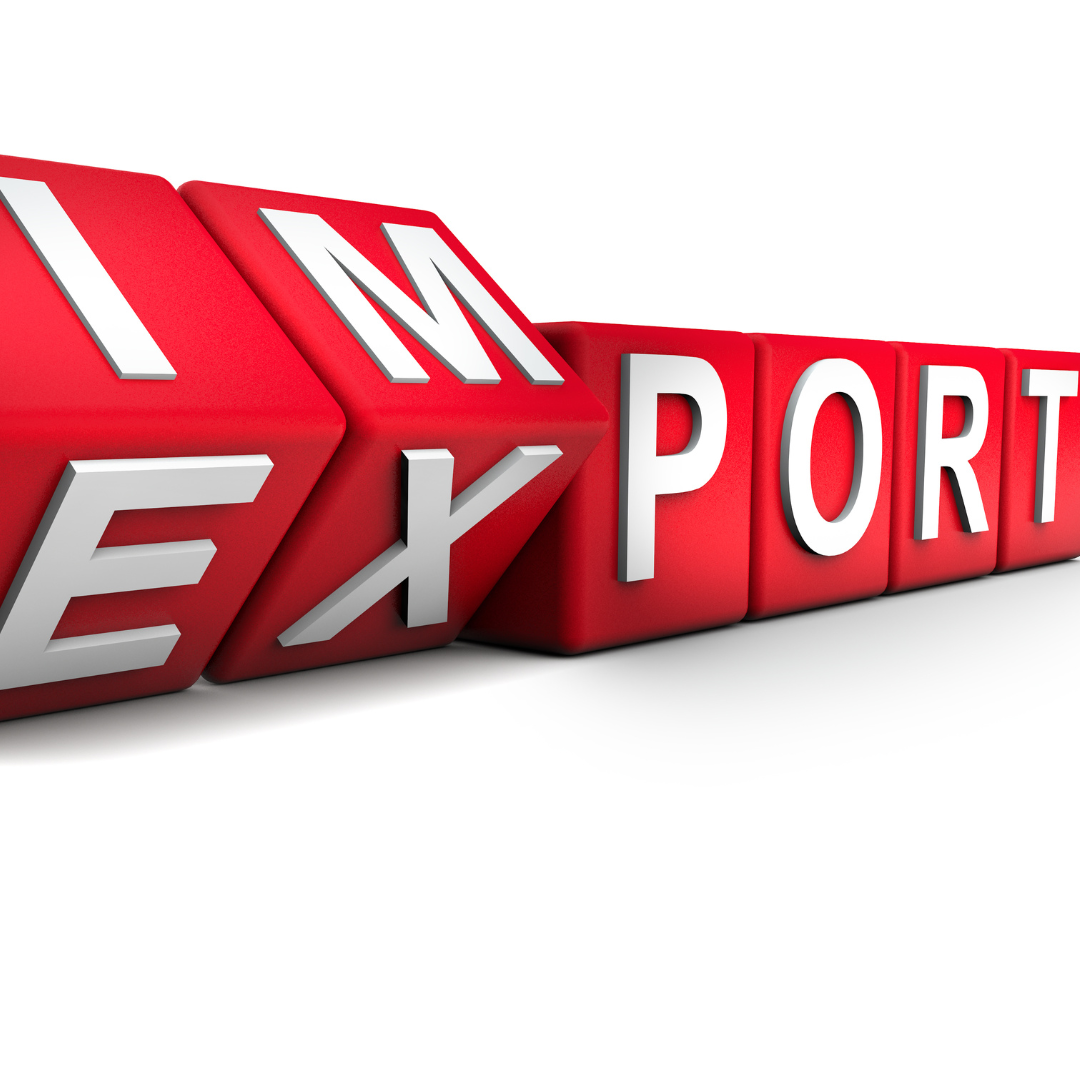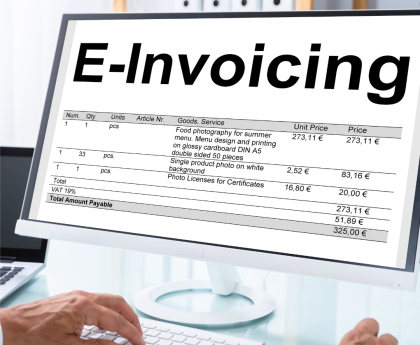Export-Import Registration Procedure in India and UAE: A Comparative Analysis
Export Import Registration serves as a crucial gateway for businesses entering the realm of international trade. This article is a comprehensive guide, navigating through the procedural intricacies, required documentation, time frames, and inherent advantages and challenges within the export-import processes of India and the United Arab Emirates (UAE).
In the expansive world of global commerce, businesses must navigate regulatory landscapes, with Export-Import registration being the foundational step. From obtaining the essential Importer Exporter Code (IEC) to addressing customs registrations and securing Goods and Services Tax (GST) registration, this process facilitates seamless integration into the global trade ecosystem.
Focusing on India and the UAE, two distinct markets with unique export-import dynamics, we explore essential documents for compliance, ensuring businesses are well-prepared for international trade. The article also navigates time frames, providing insights into the expected timelines, allowing businesses to plan and execute international trade strategies effectively.
Beyond procedural intricacies, the exploration delves into the merits and challenges of export-import activities. Businesses can gain access to new markets, stimulate revenue growth, and secure a competitive edge, but challenges like complex documentation and compliance hurdles require careful consideration.
This article aims to empower businesses, from seasoned exporters to budding entrepreneurs, with insights to successfully navigate export-import processes in India and the UAE, providing a roadmap to thrive in the global arena.
Export-Import Registration Procedure in India:
India, being a significant player in the global market, has a well-defined process for Exim registration.
Obtaining Importer Exporter Code (IEC):
The first step is to obtain an IEC from the Directorate General of Foreign Trade (DGFT).
The application can be submitted online on the DGFT website, accompanied by the required documents.
Registration with Customs:
After obtaining the IEC, businesses must register with the Customs authorities.
Documents required include PAN card, IEC certificate, bank details, and business incorporation documents.
GST Registration:
Goods and Services Tax (GST) registration is mandatory for exporters and importers.
Businesses need to submit GSTIN (Goods and Services Tax Identification Number) along with other relevant documents.
Opening a Bank Account:
A separate bank account for international transactions is necessary.
The bank account details must be submitted to the customs authorities.
Documents Checklist:
PAN card
IEC certificate
GSTIN
Bank account details
Business incorporation documents
Address proof
Identity proof of the proprietor/partners/directors
Time Frame:
The entire process, from applying for IEC to completing customs registration, typically takes around 7-15 working days.
Benefits:
Access to global markets
Increased revenue and business growth
Competitive advantage
Diversification of customer base
Drawbacks:
Complex documentation process
Compliance challenges
Fluctuating currency exchange rates
Export-Import Registration Procedure in UAE:
The UAE, with its strategic location and thriving economy, also offers a streamlined process for Exim registration.
Trade License:
Businesses must obtain a trade license from the Department of Economic Development (DED) in the respective emirate.
Registering with the Customs Department:
-Similar to India, registering with the Customs Department is essential in the UAE.
-The required documents include trade license, passport copies of the business owners, and a completed customs declaration form.
Obtaining an Import Code:
– Businesses need to obtain an Import Code from the UAE Federal Customs Authority.
VAT Registration:
– Value Added Tax (VAT) registration is mandatory for businesses with a certain threshold of taxable supplies.
– Businesses need to register with the Federal Tax Authority (FTA).
Documents Checklist:
– Trade license
– Passport copies
– Customs declaration form
– Import Code
– VAT registration certificate
Time Frame:
– The registration process in the UAE can be completed within 5-10 working days.
Benefits:
– Strategic location for global trade
– State-of-the-art infrastructure
– Tax benefits
– Access to a diverse market
Drawbacks:
– Intense competition
– Cultural differences
– Strict regulatory environment
Additional Insights on Benefits and Drawbacks:
Benefits of Export-Import in India:
Diverse Market Opportunities:
India’s vast and diverse market presents numerous opportunities for businesses to expand their customer base.
Government Incentives:
The Indian government offers various incentives and schemes to promote exports, such as the Merchandise Exports from India Scheme (MEIS) and Export Credit Guarantee Corporation (ECGC) support.
Drawbacks of Export-Import in India:
Bureaucratic Hurdles:
The bureaucratic nature of the export-import process in India can sometimes result in delays and challenges.
Infrastructure Constraints:
Despite significant improvements, infrastructure limitations, such as port congestion and transportation issues, can pose challenges for exporters.
Benefits of Export-Import in UAE:
Strategic Location:
The UAE’s strategic location as a hub between Europe, Asia, and Africa facilitates efficient global trade and transit.
Tax Advantages:
The absence of corporate and personal income taxes in many emirates, along with a favorable VAT regime, provides tax advantages for businesses.
Drawbacks of Export-Import in UAE:
Cultural Sensitivity:
Cultural nuances and differences in business practices may require businesses to adapt their strategies to the local context.
High Competition:
The UAE’s popularity as a business destination results in intense competition, requiring businesses to differentiate themselves effectively.
Navigating Challenges and Maximizing Opportunities:
Professional Assistance:
Engaging professionals, such as customs brokers and legal advisors, can help businesses navigate complex regulations and ensure compliance.
Technology Integration:
Leveraging technology for documentation, tracking shipments, and managing logistics can streamline operations and reduce errors.
Market Research:
In both India and the UAE, thorough market research is crucial to understanding consumer preferences, market trends, and potential challenges.
Networking:
Building strong networks with local partners, industry associations, and government bodies can provide valuable support and insights.
Key Export-Import Products:
Petroleum Products:
Benefits for Middle-Class Traders: Middle-class traders in India find stability in the import of petroleum products from the UAE. The reliability of this energy source ensures consistent operations for small businesses, contributing to their resilience and growth.
Procedure: Streamlined customs procedures benefit these traders, as they navigate documentation requirements and ensure the timely and cost-effective import of petroleum products.
Precious Metals and Stones:
Benefits for Middle-Class Traders: The import of precious metals and stones by middle-class traders in India fosters growth in the jewelry and manufacturing sectors. Access to high-quality materials from the UAE enables small businesses to compete and thrive in the market.
Procedure: Simplified regulatory compliance procedures ensure that middle-class traders can engage in this trade without being burdened by complex paperwork.
Textiles and Apparel:
Benefits for Middle-Class Traders: Small and medium-sized enterprises in India’s textiles and apparel sector benefit from the import of raw materials from the UAE. This trade empowers middle-class traders to offer diverse and high-quality products to the market.
Procedure: The streamlined export-import process for textiles encourages the participation of middle-class traders, reducing barriers and enhancing the competitiveness of local businesses.
Streamlined Export-Import Procedures:
Customs Clearance:
Procedure: For middle-class trading businessmen, swift and efficient customs clearance is vital. The export-import process emphasizes clear and straightforward documentation, ensuring that these traders can navigate customs procedures with ease.
Regulatory Compliance:
Procedure: Simplified regulatory compliance measures make it feasible for middle-class traders to engage in international trade. Obtaining licenses and certifications is made more accessible, enabling these businesses to focus on growth.
Electronic Data Interchange (EDI):
Procedure: The adoption of Electronic Data Interchange (EDI) benefits middle-class traders by reducing paperwork and processing times. This technological advancement levels the playing field, allowing smaller enterprises to compete more effectively.
Opportunities for Middle-Class Traders:
Market Access: Streamlined procedures open up new markets for middle-class traders, fostering opportunities for growth beyond local boundaries.
Diversification: Access to diverse products encourages middle-class traders to diversify their offerings, enhancing their resilience in a competitive market.
Financial Inclusion: The simplified export-import landscape promotes financial inclusion for middle-class traders, ensuring they can participate actively in global trade without significant financial burdens.
Conclusion:
Both India and the UAE provide ample opportunities for businesses engaged in international trade. While the procedures share similarities, each country has its unique requirements and regulatory environment. Businesses should carefully consider these factors, weighing the benefits against the drawbacks, to make informed decisions and optimize their export-import operations in these dynamic markets.
Author:Noor Siddiqui Founder Etaxdial.com




